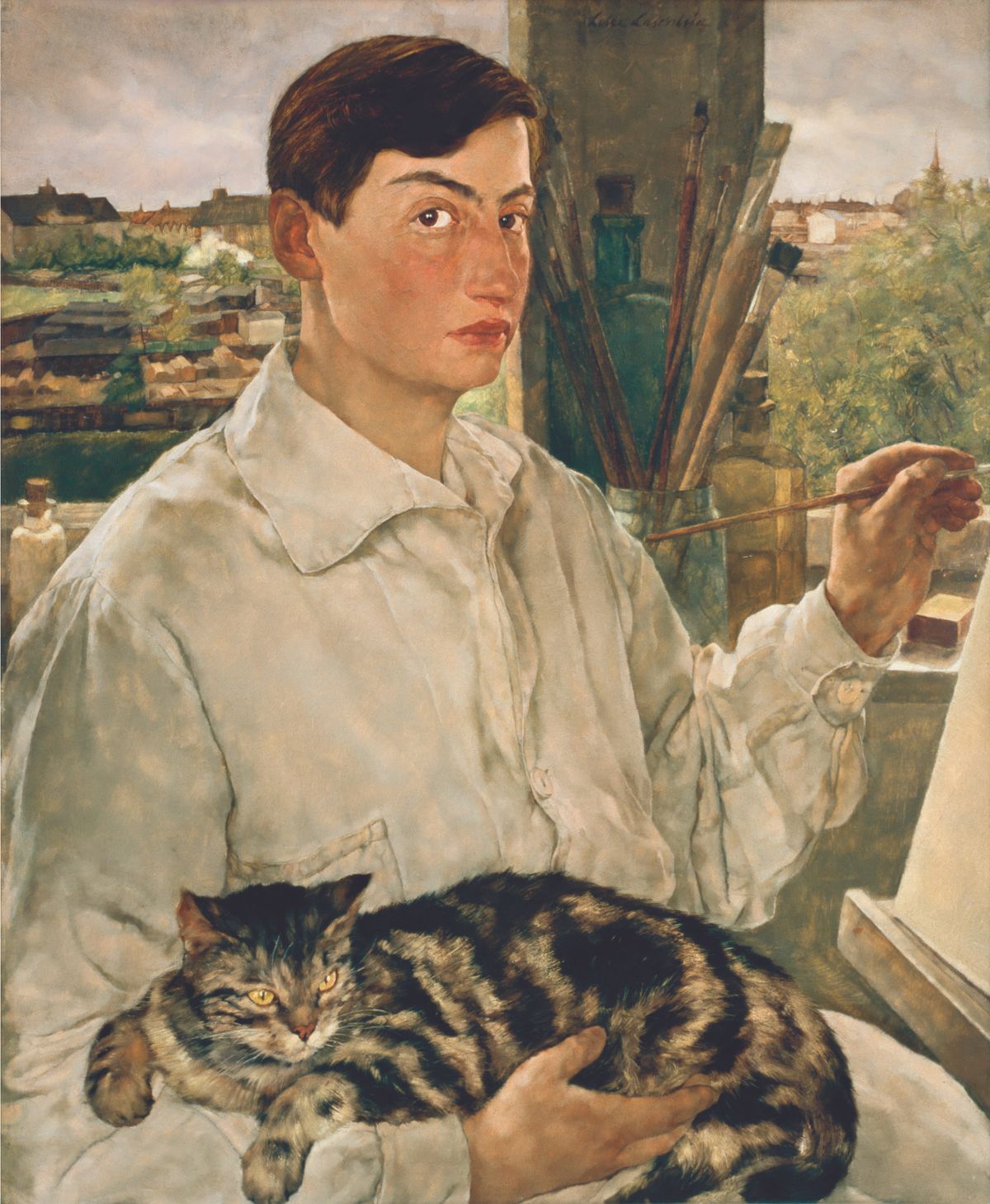In 1937, a gallery in Stockholm invited Lotte Laserstein (1898-1993) to bring over some of her best paintings for an exhibition. The offer proved to be a lifeline. The German-born artist was already at the height of her career in Berlin, with critics praising her paintings of contemporary subjects (such as the liberated modern woman) in a traditional realist style. But when the Nazis rose to power, she was edged out as an artist of Jewish descent. Heading to Sweden—and unexpectedly staying there when hostilities escalated during her stay—became her ticket to survival, one that also allowed her to keep painting.
Now, a retrospective at the Moderna Museet in Malmö is bolstering her legacy in her adopted home of 56 years. Laserstein’s work has seen a wave of rediscovery over the past few years, but her recent solo exhibition—which showed in Berlin, Frankfurt and Kiel between 2018 and 2020—exhibited only the early works she produced in Germany. Lotte Laserstein: A Divided Life, on the other hand, puts equal weight on the later works she created in Sweden, and is the largest institutional show of her work so far, with around 85 paintings.
Laserstein's Evening Conversation (1948) © Lotte Laserstein Archiv Krausse
In exile Laserstein created piercing self-portraits where she often appears androgynous, nudes of women from a distinctly female perspective, portraits of other immigrants and landscapes. Her works are characterised by stillness, tinted with subdued, earthy colours. Some of her first-ever commissions there were in Malmö, right after that 1937 gallery exhibition, including a portrait of Erik Trolle (the valet of Sweden’s King Gustaf).
Although Laserstein was able to support herself in Sweden as an artist, she did not see much public recognition until the late 1970s. “My life was carved into two chunks of almost equal size: childhood, youth, training, my first independent work and leaving Germany, then a new laborious start in Sweden,” Laserstein wrote in the 1980s. “If I had not had my own reality in my paintbox, that little case that led me from Skåne via Stockholm to Jämtland, I could not have borne those years when everything was taken from me: family, friends and home. I retrieved some of it thanks to ‘my only reality’.”
• Lotte Laserstein: A Divided Life, Moderna Museet, Malmö, 6 May-1 October; Moderna Museet, Stockholm, 11 November-
14 April 2024


